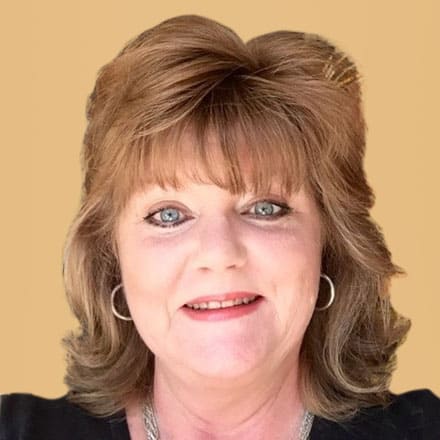Inside Angle
From 3M Health Information Systems
The real superheroes: children battling cancer
As kids begin the new school year, they are happy to see friends they missed over the summer. But some friends aren’t able to come back to school because of illness. In these cases, teachers must explain the hard truth to the class: their friend is in the hospital battling cancer. September is Childhood Cancer Awareness Month, a time to give a voice to those affected by the disease.
As a parent, sister, brother, grandparent, aunt, uncle or a friend of a family with a child battling cancer, the diagnosis is unimaginable. We tell ourselves it can’t be because they are just a kid. Kids shouldn’t be in the hospital doing battle with a monster. They should be battling on ball fields, but certainly not fighting cancer.
The harsh reality remains:
- Every day, 43 children are diagnosed with cancer.
- 12 percent of children diagnosed with cancer do not survive.
- Children’s cancer affects all ethnic, gender and socio-economic groups.
- The average age of children diagnosed is six.
- More than 40,000 children undergo treatment for cancer each year.
- 60 percent of children who survive cancer suffer late effects, such as infertility, heart failure and secondary cancers.
- There are approximately 375,000 adult survivors of children’s cancer in the United States. That equates to 1 in 530 adults ages 20-39.
- Approximately 1 in 285 children in the U.S. will be diagnosed with cancer before their 20th birthday.
- Although cancer death rates for this age group have declined by 65 percent from 1970 to 2016, cancer remains the leading cause of death from disease among children.
- The most common types of cancer diagnosed in children ages 0 to 14 years are leukemias, brain and other central nervous system (CNS) tumors, and lymphomas.
Types of cancers that occur most often in children are:
- Leukemia – A cancer of the lymphatic system of the body involving immune cells – They account for about 30 percent of all cancers in children
- Brain and spinal cord tumors – Most brain tumors in children start in the lower parts of the brain, such as the cerebellum or brain stem. Brain and spinal cord tumors make up about 26 percent of childhood cancers
- Neuroblastoma – About six percent of childhood cancers are neuroblastomas. This type of cancer develops in infants and young children.
- Wilms tumor or Nephroblastoma start in one kidney or both on rare occasions.
- Lymphoma (including both Hodgkin and non-Hodgkin)- A cancer of the lymphatic system of the body involving immune cells. Lymphomas start in immune system cells called lymphocytes. They most often start in lymph nodes and other lymph tissues, like the tonsils or thymus.
- The 2 main types of lymphoma are Hodgkin lymphoma (sometimes called Hodgkin disease) and non-Hodgkin lymphoma. Both types occur in children. Hodgkin lymphoma accounts for about three percent of childhood cancers.
Non-Hodgkin lymphoma makes up about five percent of childhood cancers. It is more likely to occur in younger children than Hodgkin lymphoma, but it is still rare in children younger than three.
- Rhabdomyosarcoma – Rhabdomyosarcoma starts in cells that normally develop into skeletal muscles. This is the most common type of soft tissue sarcoma in children. It makes up about three percent of childhood cancers.
- Retinoblastoma – Retinoblastoma is a cancer of the eye. It accounts for about two percent of childhood cancers
- Bone cancers:
Osteosarcoma is most common in teens, and usually develops in areas where the bone is growing quickly, such as near the ends of the long bones in the legs or arms.
Ewing sarcoma – less common type of bone cancer seen more often in young teens.
The most common places for it to start are the pelvic (hip) bones, the chest wall (such as the ribs or shoulder blades), or in the middle of the long leg bones.
Pediatric Oncology is a medical specialty focused on caring for children with cancer. It’s important to know that this expertise exists and that there are effective treatments for many childhood cancers. Research plays a huge role in treatment.
We can make a difference in the lives of these real-life superheroes. As I mentioned at the start of this blog, September is Childhood Cancer Awareness Month. You can help show support for the fighters of pediatric cancer, admire the survivors, and honor those who have lost their lives by becoming a volunteer, making a tax-deductible donation, or participating in a fundraising event.
“Unlike a lot of people, I don’t feel powerless. I know I can do something. But anyone can do something, it’s not about being special. It’s about deciding to do it—to dive into work for peace and justice and care for everybody on the planet.” ~ Patch Adams
Pamela Ewing, CPC, CLA, is a coding analyst for 3M Health Information Systems.
Sources:
NIH- Nat’l Cancer institute
American Cancer Society
Cure Children’s Cancer


